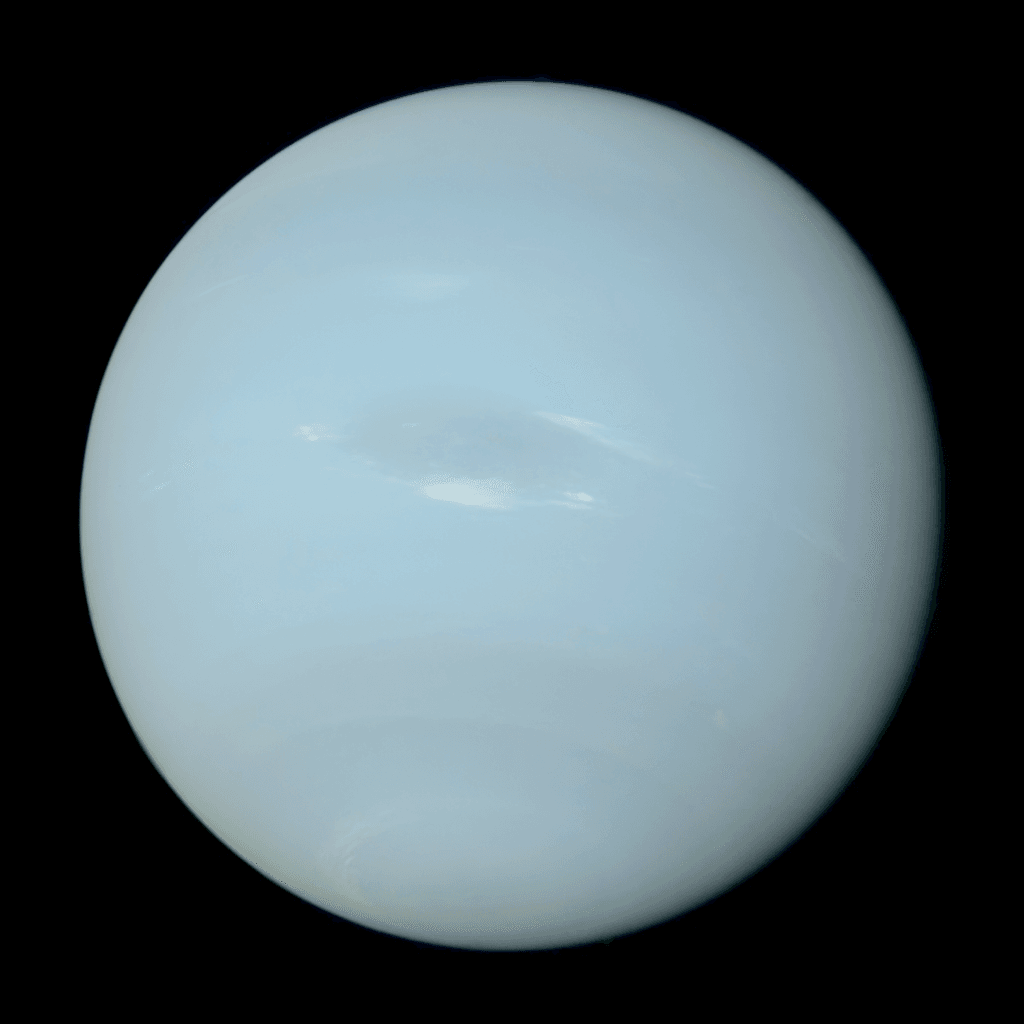The Top 5 Planets by Size
Our solar system is a marvel of diversity, from rocky terrains to massive gas giants. When it comes to size, a few planets truly dominate, not just in diameter but in their influence on the solar system’s dynamics. Today, we’ll explore the top five largest planets by size, offering fascinating insights into their characteristics and why they stand out.
1. Jupiter
- Diameter: ~139,820 km (86,881 miles)

The king of planets, Jupiter, is the largest by far. It’s a gas giant composed mostly of hydrogen and helium, with a swirling atmosphere marked by the iconic Great Red Spot—a storm larger than Earth that has been raging for centuries. Jupiter’s immense gravity protects the inner planets by diverting asteroids and comets, playing a crucial role in Earth’s habitability.
2. Saturn
- Diameter: ~116,460 km (72,366 miles)

Known for its stunning ring system, Saturn is the second-largest planet. Its rings, made of ice and rock, are a spectacle of the cosmos. Like Jupiter, Saturn is a gas giant primarily composed of hydrogen and helium. Its low density means it could float in water if you found a big enough pool!
3. Uranus
- Diameter: ~50,724 km (31,518 miles)

The ice giant Uranus is third, with its bluish hue caused by methane in its atmosphere. Uniquely, Uranus rotates on its side, possibly due to a collision with a massive object early in its history. This tilt creates extreme seasons, with each pole experiencing 42 years of sunlight followed by 42 years of darkness.
4. Neptune
- Diameter: ~49,244 km (30,598 miles)

Neptune, the farthest planet from the Sun, is similar to Uranus in size and composition. It boasts the strongest winds in the solar system, reaching speeds of over 2,000 km/h (1,200 mph). Neptune’s deep blue color and stormy atmosphere make it one of the most visually striking planets.
5. Earth
- Diameter: ~12,742 km (7,918 miles)

The fifth-largest planet and our home, Earth is the largest terrestrial planet. Its diverse ecosystems, liquid water, and atmosphere make it uniquely suited for life. Compared to the giants, Earth may seem small, but its complexity and role in supporting life make it a standout in the solar system.
The planets of the solar system demonstrate nature’s incredible variety, with each one offering unique attributes. The top five planets by size—Jupiter, Saturn, Uranus, Neptune, and Earth—showcase the extremes of scale, from the colossal gas giants to our life-nurturing Earth. These celestial giants remind us of the vastness of the universe and the delicate balance that makes our solar system so remarkable.
Whether it’s the rings of Saturn, the storms of Neptune, or the life on Earth, the largest planets tell the story of cosmic grandeur and planetary evolution. Keep looking up—the universe is full of wonders waiting to be explored!
For more top 5:
